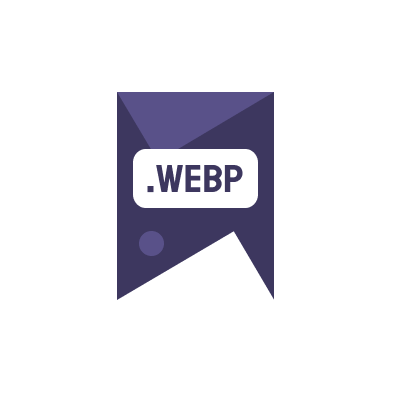Understanding the impact of image optimization on user experience is crucial for any website owner or developer. This article explores how properly optimized images can significantly improve your website’s performance and user satisfaction.
Why Focus on Image Optimization?
Images are integral to website design, often making up the bulk of a page’s data load. However, if these images are not optimized, they can lead to slow page loading times, which is a major factor in user frustration and high bounce rates. Implementing image optimization techniques ensures that your website remains fast and efficient, thus retaining visitors and improving your SEO rankings.
Benefits of Image Optimization
- Improved Page Load Speeds: Optimized images load faster, which enhances the overall speed of your website and improves the user experience.
- SEO Advantages: Search engines favor websites with faster load times. By optimizing your images, you’re likely to achieve better rankings in search engine results pages (SERPs).
- Reduced Bandwidth Usage: Smaller image files use less bandwidth, which not only speeds up the website for users but also reduces hosting costs.
- Better User Engagement: Websites with fast-loading, high-quality images tend to engage users better, leading to longer visit durations and lower bounce rates.
How to Optimize Images for Better Performance
There are several effective techniques for image optimization, including:
- Compression: Reducing the file size of your images without significantly affecting quality. Tools like Adobe Photoshop, TinyPNG, or online services such as Image to webp online free can achieve this effectively.
- Choosing the Right Format: JPEGs are best for photographs, while PNGs are better for images with fewer colors. WebP, a modern format, provides superior compression and quality characteristics compared to both JPEG and PNG.
- Responsive Images: Using HTML’s srcset attribute to serve different image sizes based on the user’s device screen size helps in loading the right image for the right device efficiently.
For a deeper dive into optimizing your website images, consider visiting PageSpeed Insights to analyze and improve your site’s performance.
Real-World Examples of Image Optimization
Many leading companies have seen significant improvements in performance and user engagement by implementing image optimization strategies. For example, a major e-commerce site reduced its load time by over 50% by simply optimizing product images, which led to a marked increase in customer conversions.
Conclusion
In conclusion, image optimization is a critical aspect of web design and development that should not be overlooked. By reducing image file sizes and choosing the right formats, you can dramatically improve your site’s loading time, enhance user experience, and boost your SEO efforts. Start optimizing your images today to see a noticeable improvement in your website performance and user satisfaction.
Contact us to learn more about how you can transform your images and optimize your website effectively.

